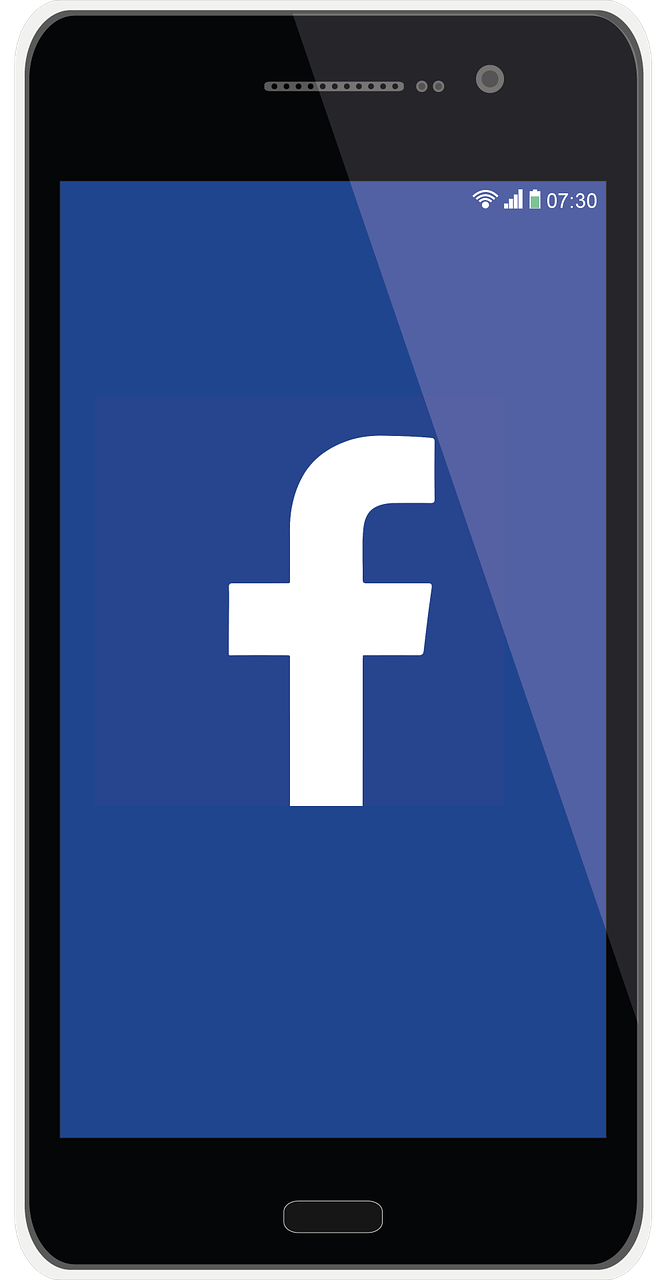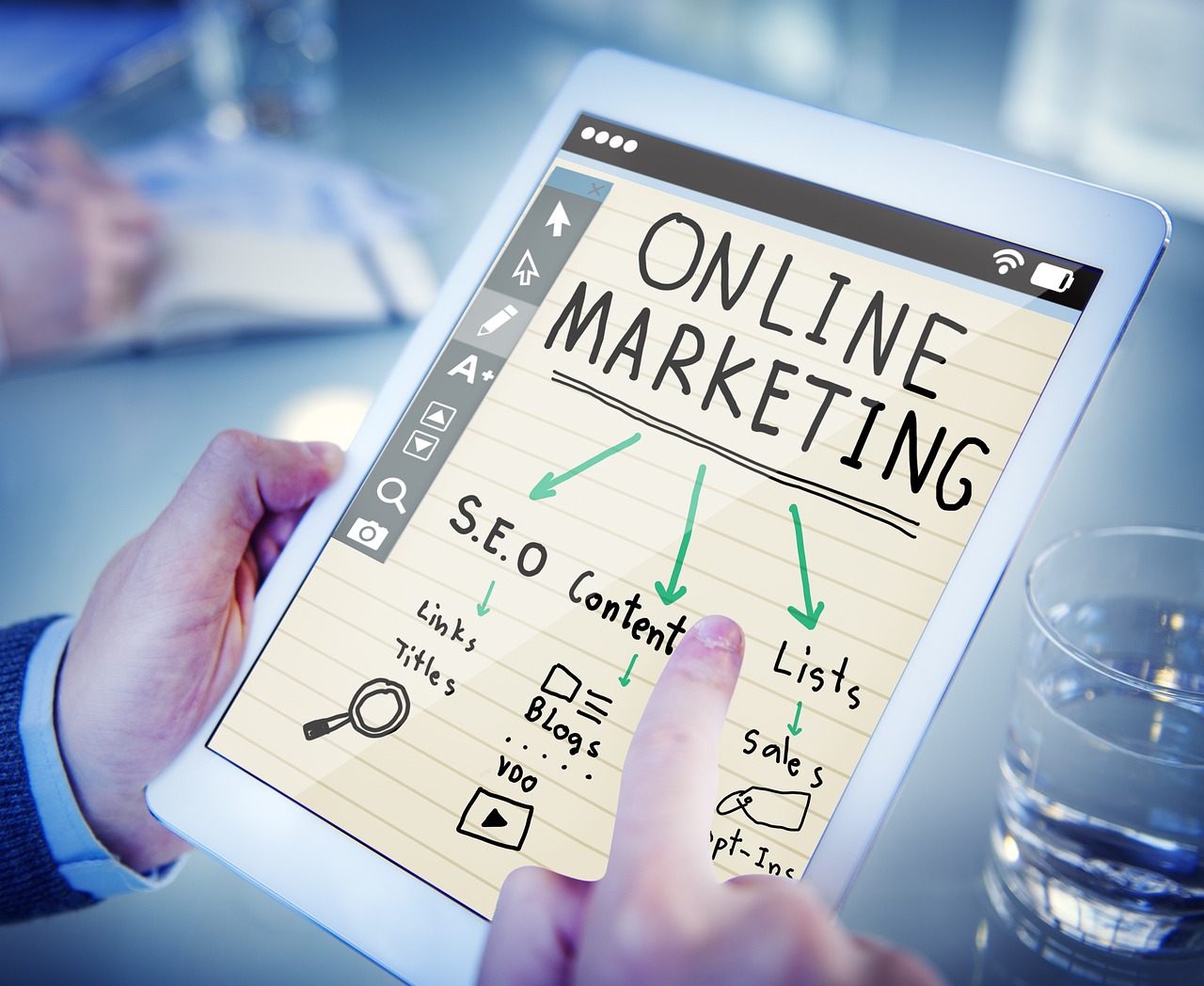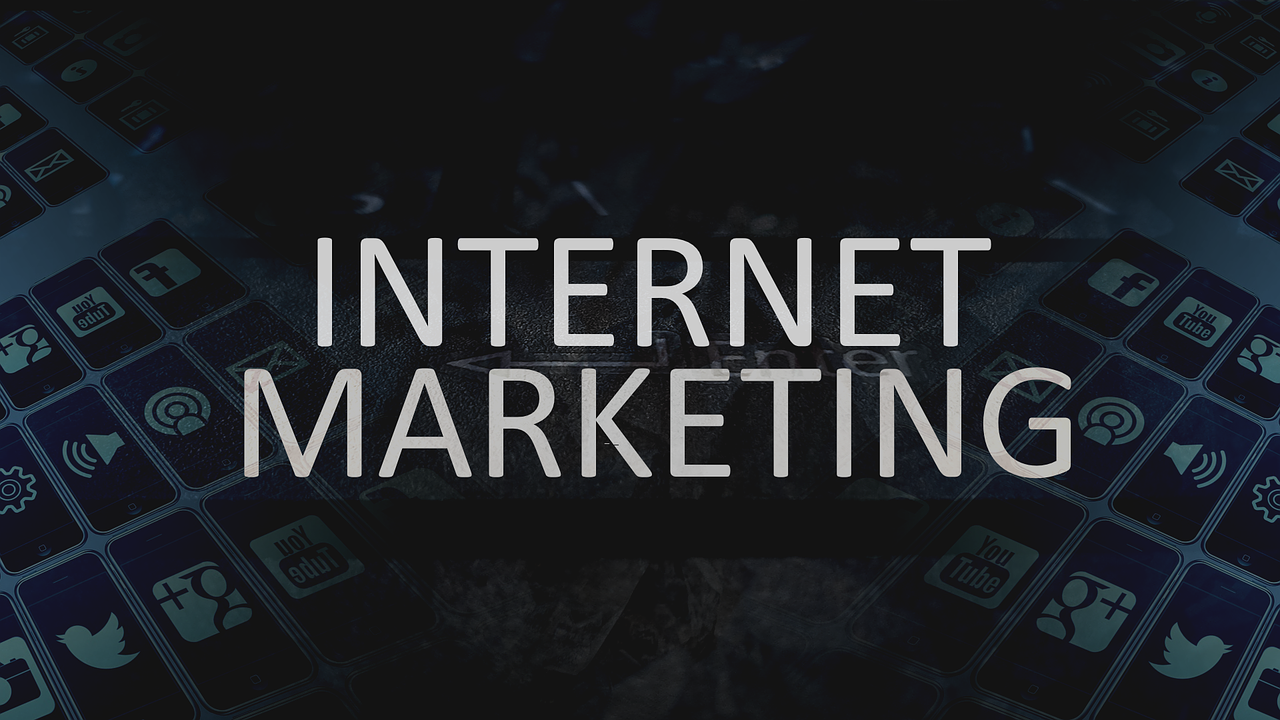Table of Contents
- Introduction to Shopify
- Why Choose Shopify?
- Key Features of Shopify
- How to Set Up a Shopify Store
- Shopify Pricing Plans
- Shopify Apps and Integrations
- Marketing Your Shopify Store
- Shopify SEO Best Practices
- Pros and Cons of Shopify
- Conclusion
1. Introduction to Shopify
Shopify is one of the most popular e-commerce platforms globally, enabling businesses of all sizes to create and manage online stores with ease. Founded in 2006, Shopify has grown into a powerhouse, serving over 1.7 million merchants worldwide.
Whether you’re a small business owner, a dropshipper, or a large enterprise, Shopify provides the tools needed to sell products online, in-person, and across multiple sales channels. Its user-friendly interface, extensive app ecosystem, and robust features make it a top choice for e-commerce entrepreneurs.
2. Why Choose Shopify?
Shopify stands out among competitors like WooCommerce, BigCommerce, and Wix for several reasons:
A. Ease of Use
Shopify’s drag-and-drop interface allows even non-technical users to set up a store quickly. You don’t need coding knowledge to customize themes, add products, or manage orders.
B. All-in-One Solution
Unlike open-source platforms that require separate hosting, security, and payment setups, Shopify provides everything in one package—hosting, SSL certificates, and payment processing.
C. Scalability
Shopify grows with your business. Whether you’re selling 10 or 10,000 products, Shopify’s infrastructure ensures your store remains fast and reliable.
D. Mobile Optimization
All Shopify themes are mobile-responsive, ensuring a seamless shopping experience on smartphones and tablets.
E. 24/7 Customer Support
Shopify offers round-the-clock support via live chat, email, and phone, making it easier to resolve issues quickly.
3. Key Features of Shopify
Shopify comes packed with powerful features designed to streamline e-commerce operations.
A. Customizable Themes
Shopify offers free and premium themes that can be customized to match your brand. You can adjust colors, fonts, and layouts without coding.
B. Secure Payment Gateways
Shopify supports multiple payment options, including Shopify Payments, PayPal, Stripe, and more, ensuring smooth transactions.
C. Abandoned Cart Recovery
This feature automatically emails customers who leave items in their cart, helping recover lost sales.
D. Multi-Channel Selling
Sell on Facebook, Instagram, Amazon, eBay, and in-person using Shopify POS.
E. Inventory Management
Track stock levels, set low-stock alerts, and manage suppliers efficiently.
4. How to Set Up a Shopify Store
Follow these steps to launch your Shopify store:
A. Sign Up for Shopify
- Go to Shopify’s website.
- Enter your email and start a free trial.
B. Choose a Store Name
Pick a unique name that reflects your brand. Shopify will check domain availability.
C. Add Products
- Go to Products > Add Product.
- Upload images, set prices, and write SEO-friendly descriptions.
D. Select a Theme
Browse the Theme Store and install a design that fits your brand.
E. Set Up Payments
Enable payment gateways under Settings > Payments.
F. Launch Your Store
Once everything is set, remove the password protection and go live!
5. Shopify Pricing Plans
Shopify offers multiple pricing tiers:
| Plan | Monthly Cost | Key Features |
| Basic Shopify | $29 | Basic reports, 2 staff accounts, online sales |
| Shopify | $79 | Professional reports, 5 staff accounts, gift cards |
| Advanced Shopify | $299 | Advanced reporting, 15 staff accounts, third-party shipping rates |
| Shopify Plus | Custom | Enterprise-level features, API access, dedicated support |
Note: Prices may vary based on promotions.
6. Shopify Apps and Integrations
Shopify’s App Store has over 6,000 apps to enhance functionality:
A. Oberlo (Dropshipping)
Source and ship products directly from suppliers.
B. Klaviyo (Email Marketing)
Create automated email campaigns to boost sales.
C. Yotpo (Reviews)
Collect and display customer reviews to build trust.
D. SEO Manager
Optimize product pages for better search rankings.
7. Marketing Your Shopify Store
A. Social Media Marketing
Leverage Facebook Ads, Instagram Shops, and Pinterest to drive traffic.
B. Influencer Collaborations
Partner with influencers to promote your products.
C. Content Marketing
Start a blog to attract organic traffic and establish authority.
D. Paid Advertising
Run Google Ads and retargeting campaigns to increase conversions.
8. Shopify SEO Best Practices
A. Keyword Optimization
Use tools like Google Keyword Planner to find high-traffic keywords.
B. Optimized Product Descriptions
Write unique, detailed descriptions with relevant keywords.
C. Fast Loading Speed
Compress images and use a CDN to improve page speed.
D. Mobile-Friendly Design
Ensure your store is responsive on all devices.
E. Backlink Building
Get featured on blogs and forums to improve domain authority.
9. Pros and Cons of Shopify
Pros:
✅ Easy to use
✅ No technical maintenance required
✅ Secure and reliable
✅ Great for scaling
Cons:
❌ Transaction fees (unless using Shopify Payments)
❌ Limited customization without coding
❌ Advanced features require higher-tier plans
10. Conclusion
Shopify is a powerful, user-friendly e-commerce platform suitable for beginners and experts alike. With its extensive features, scalability, and strong support, it remains a top choice for online sellers.
Ready to start? Sign up for Shopify today and launch your dream store!














